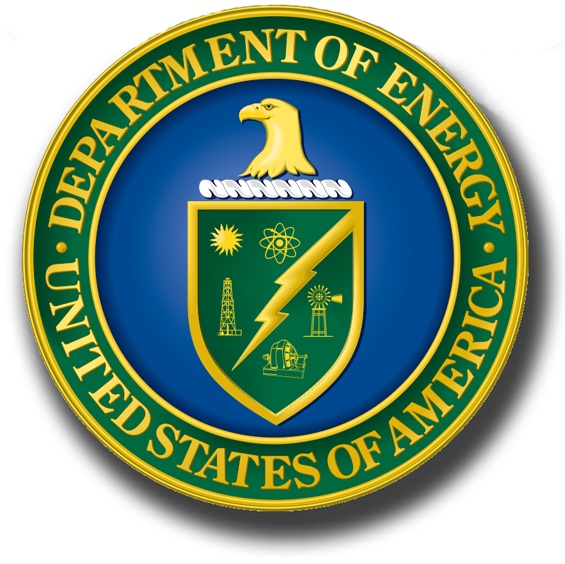Divertor-safe Nonlinear Burn Control Using a Reference Governor Based on a Core-edge Model with SOLPS Scalings
V. Graber, E. Schuster
65th Division of Plasma Physics (DPP) Annual Meeting of the American Physical Society (APS)
Denver, CO, USA, October 30 – November 3, 2023
For tokamaks such as ITER, the highly nonlinear and coupled dynamics of
burning plasmas necessitates the design and application of sophisticated
burn-control strategies that regulate the plasma’s density and temperature.
Furthermore, the coupling between the core- and edge-plasma regions will
render integrated burn and divertor control in ITER even more challenging.
For example, conditions in the scrape-off-layer (SOL) and divertor regions
determine the strength of the fuel recycling from plasma-wall interactions
and the severity of the impurity pollution into the core plasma. Important
burn- and divertor-control objectives include, respectively, producing
a desirable amount of fusion power and avoiding catastrophic melting of
the divertor targets. Because increasing the fusion power amplifies the
power flowing through the SOL and onto the divertor targets, burn- and
divertor-control objectives may conflict at times. The presented burn-
and divertor-control strategy addresses this issue by augmenting a nonlinear
burn controller with a reference governor that is designed to protect
the divertor targets. This control design is based on a core-SOL-divertor
model that couples the nonlinear density and energy response models of
the core plasma with edge-plasma scalings that were generated from SOLPS4.3
simulation results [1].
[1] H.D. Pacher, et. al., J. Nucl. Mater. 463 (2015) 591–595.
*Supported by the US DOE under DE-SC0010661.







